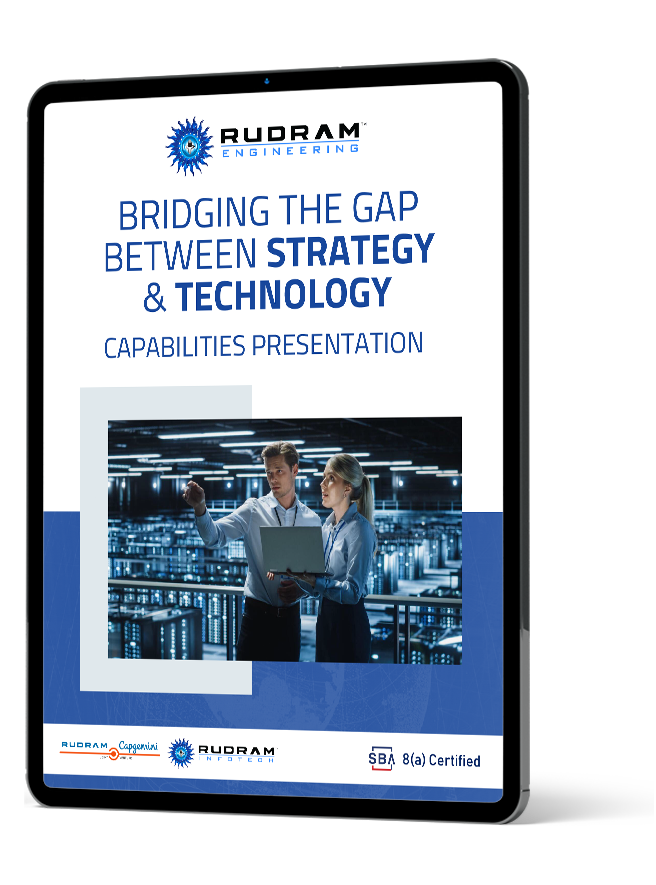In 2025, organizations across industries are leaning heavily into cloud-native and serverless architectures for flexibility and scalability. But with that shift comes a new and often underestimated challenge managing and optimizing cloud costs.
While the cloud was once marketed as a cost-saving innovation, many organizations are now experiencing the opposite. Cloud bills arrive unpredictably, budgets are exceeded, and leadership is left questioning the true financial impact of digital transformation.
This is no longer just an IT issue. It’s a business-wide concern, one that demands a unified approach between Finance, Development, and Operations.
As cloud environments grow more complex, leaders across departments are asking tough, critical questions:
But more importantly:
In most cases, Development and Operations teams lack clear tools to answer these questions in business terms. Meanwhile, Finance teams often receive large bills without context or visibility into what’s driving them.
Traditional cloud management tools are not built for cost intelligence. They provide performance logs, system metrics, and alerts but they rarely help surface the real-time financial impact of architecture decisions.
There’s no shared dashboard where Finance, Engineering, and Operations can view and interpret costs together. Without this, each team speaks a different language, and collaboration becomes reactive instead of strategic.
In a high-functioning cloud-first organization, cloud spend isn’t just a finance number, it’s an operational metric tied directly to how technology supports the business.
This kind of culture is driven by what many now refer to as FinDevOps the convergence of Finance, Development, and Operations into a collaborative cost-aware discipline.
Here’s what that could look like:
Finance is responsible for managing the cloud bill, but they rely on Operations and Development to understand where the money is actually going. Without unified tools or a structured collaboration model, cloud costs become a mystery.
The solution? Bringing Finance into the DevOps process.
When cost becomes part of architecture decisions not just the aftermath businesses can move from reactive cost-cutting to proactive cost optimization. That means building and deploying with cost visibility, not just system efficiency.
By 2025, enterprises can no longer afford to treat cloud costs as a monthly surprise. The new expectation is to:
This shift doesn’t require heavy instrumentation or months of implementation. It requires a mindset change and the right strategic direction.
At Rudram Engineering, we understand that the cloud is not just infrastructure, it’s a business investment. That’s why we believe in helping decision-makers align cloud strategy with cost performance, operational efficiency, and long-term scalability.
If your organization is modernizing legacy systems, implementing a cloud migration plan, or simply struggling with unpredictable cloud bills, the time to rethink your cost management approach is now.
Want to bring real-time visibility, cost alignment, and cross-team collaboration into your cloud environment?
Join Rudram’s upcoming webinar to learn how cloud migration and modernization can optimize your cloud costs while maintaining business agility.
Register Now and reserve your spot today and step into the future of cloud collaboration.

Rudram Engineering Inc. (REI) is a well-known pioneer in software systems engineering, recognized for its creative solutions and the latest cutting-edge technologies. By focusing its resources on developing cloud-based technologies, REI further employs the power of DevSecOps to build security into the software development life cycle. The company also adopts Agile software development methodologies to be flexible, effective, and quick in delivering quality software solutions. Rudram Engineering Inc. is a name that epitomizes quality with innovation; it establishes new yardsticks in the industry with solid, scalable solutions that meet the dynamic demands of engineering.
As software becomes more complex, the need for thorough testing increases. In 2025, advancements in automated testing, AI-powered testing tools, and continuous quality assurance are expected to play a major role in ensuring reliable software delivery.
Actionable Insight: Thorough testing is essential to ensure that your software meets customer expectations and performs reliably. At Rudram Engineering, we employ comprehensive testing protocols to ensure every product we deliver is both robust and secure, minimizing bugs and maximizing customer satisfaction.
Rudram’s commitment to excellence, transparency, and customer satisfaction sets them apart. They maintain strategic partnerships to harness cutting-edge technologies and expand their capabilities, ensuring that clients receive the best possible solutions.
No-code and low-code platforms are gaining momentum as businesses seek faster, more accessible ways to develop software. These platforms allow individuals with little to no programming experience to build functional applications, reducing the time and cost of development.
Actionable Insight: Incorporating no-code or low-code platforms can speed up your application development, especially for simple or routine tasks. Rudram Engineering leverages these tools when appropriate to accelerate delivery without sacrificing quality or flexibility.